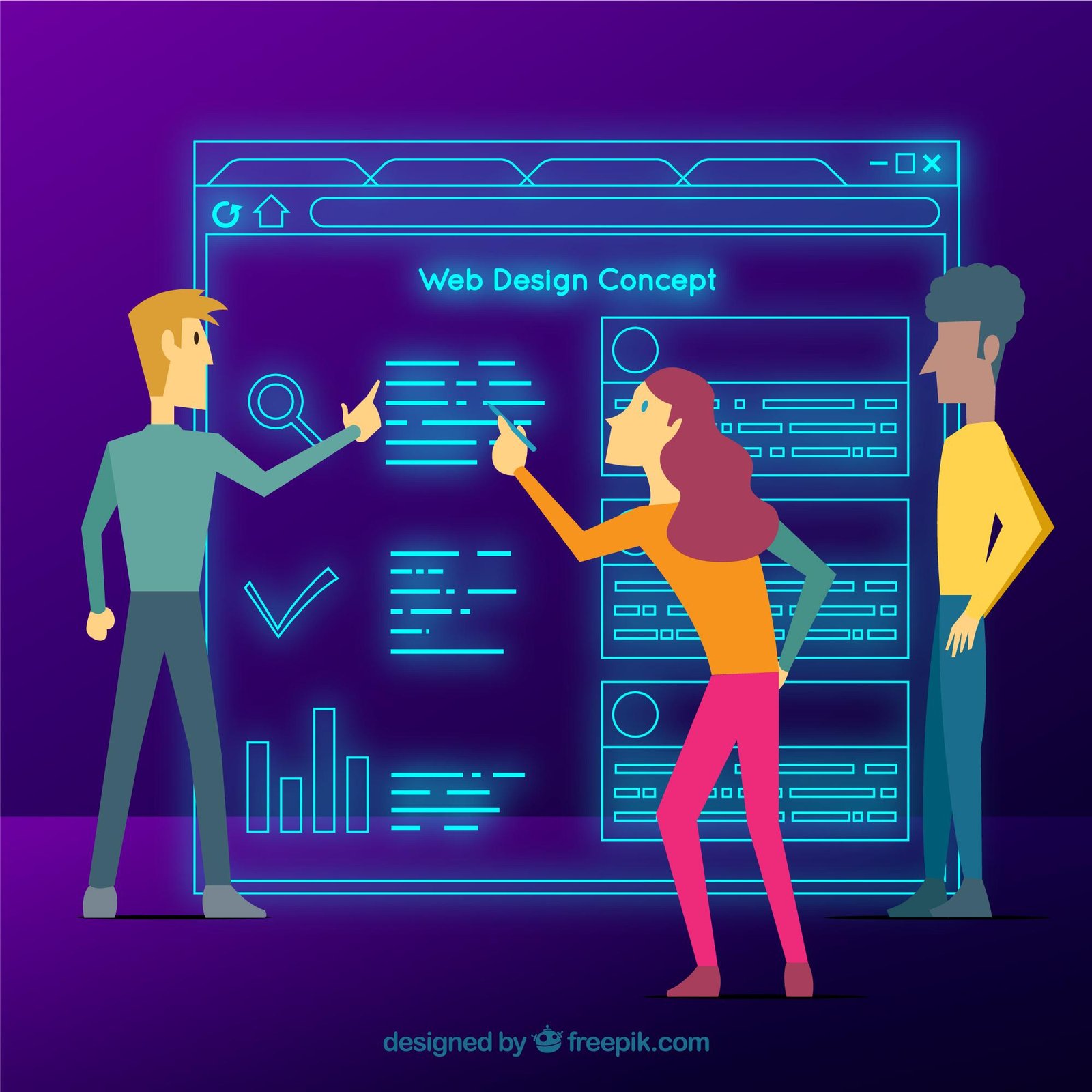No products in the cart.
Learn how to build a business web app from planning to launch.

Building a web application is an excellent way for businesses in Laos to provide customers with interactive and accessible digital solutions. Whether you want to streamline internal operations, offer online services, or engage customers, a well-designed web app can add significant value.
In this guide, we break down the process of building a web app into manageable steps, including planning, design, development, and deployment with a focus on 2025 best practices relevant to Lao businesses.
Start by clearly identifying what your web app is intended to achieve. Ask questions like:
What problem does it solve?
Who is the target audience?
What features and functionalities are essential?
What business objectives does it support?
Having clear goals ensures the app aligns with your overall strategy.
Sketch the user journey to determine how users will interact with the app. Design wireframes or mockups that outline the interface layout, navigation, and key interactions.
Focus on simplicity, responsiveness (mobile-friendly design), and accessibility, as many Lao users access digital services through smartphones.
Select programming languages and frameworks suited to your app requirements and budget. Popular 2025 web app tech stacks include:
Frontend: React.js, Vue.js, or Angular for dynamic user interfaces.
Backend: Node.js, Django (Python), or Ruby on Rails for server-side logic.
Database: PostgreSQL, MySQL, or MongoDB to manage data storage.
Hosting: Cloud platforms such as AWS, Google Cloud, or regional providers offering reliable uptime and scalability.
If you hire developers, ensure they have experience with your chosen technologies.
Development involves coding both the frontend and backend components. Agile methodologies with iterative development cycles are recommended to enable gradual improvements, testing, and stakeholder feedback.
Ensure strong security practices, including encrypted data transmission (SSL), secure authentication, and permission controls.
Thoroughly test the app for bugs, usability issues, performance bottlenecks, and compatibility across devices and browsers. Involve real users in beta testing to gather valuable feedback.
Continuous testing is crucial for a smooth launch and user satisfaction.
Deploy your web app on a reliable hosting service. Set up domain registration, SSL certificates, and CDN to optimize speed and security.
Promote your app launch through marketing channels such as social media, email newsletters, and partnerships to generate initial user interest.
Post-launch, monitor app performance and user feedback. Regularly update features, fix bugs, and improve security to keep your web app relevant and safe.
Connectivity: Optimize apps for lower-speed or inconsistent internet in rural areas.
Language: Support Lao language and cultural sensibilities in UI/UX.
Payment Integration: Include local payment systems like BCEL Pay for ecommerce functionalities.
Compliance: Adhere to Laos’ data protection and ICT regulations.
Building a web app in Laos in 2025 is an achievable strategic move to enhance engagement and operational efficiency. By carefully planning, selecting the right technologies, and focusing on user experience, your business can deliver valuable digital services tailored to the local market.
CITS Laos specializes in web app development and digital strategy tailored for Lao businesses. Visit cits.la to access professional development services and technology guidance designed to help you succeed online.